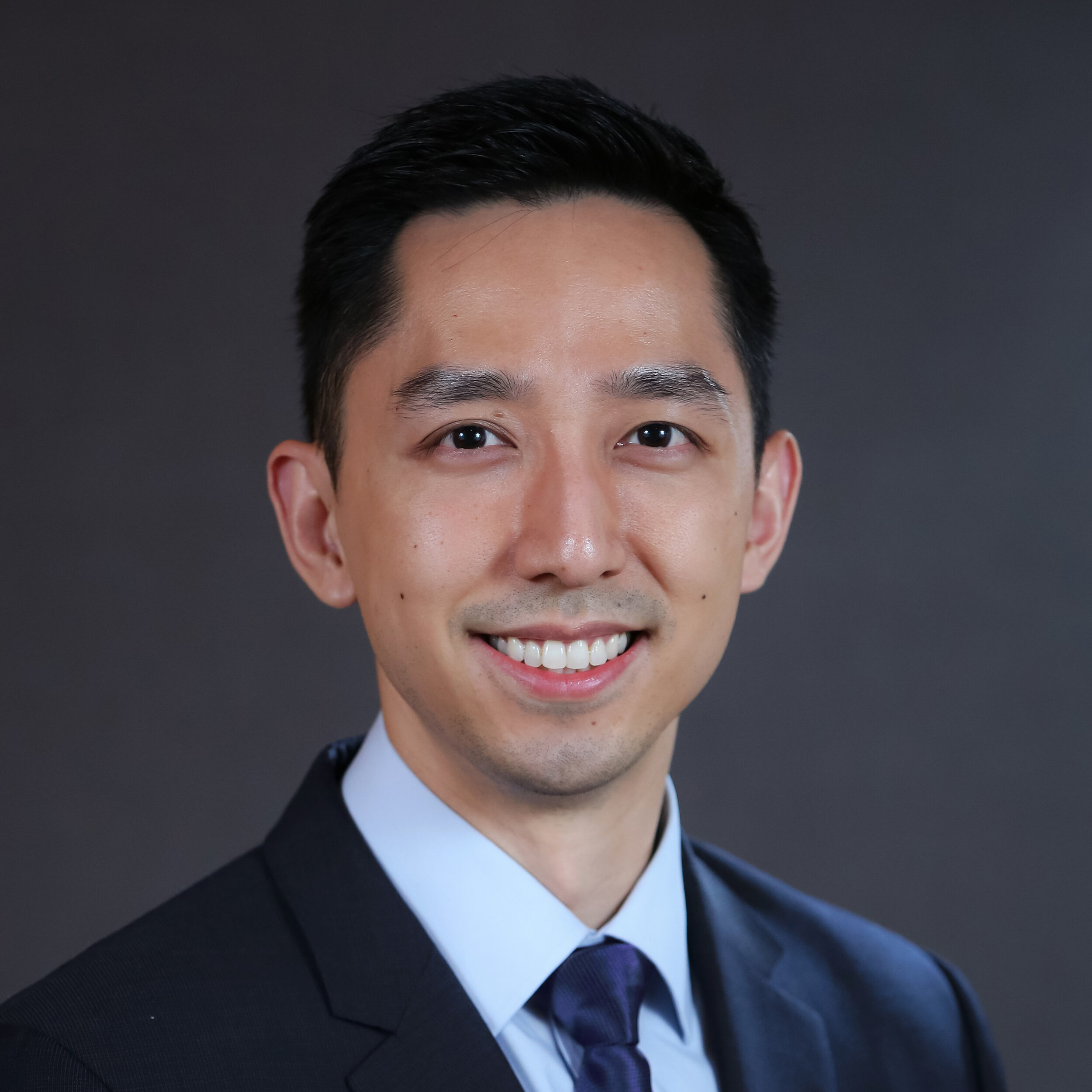Authors
Christopher M. Brusalis, MD, Alexander E. White, MD, Anthony Finocchiaro, BS, David M. Dines, MD, Joshua S. Dines, MD, Andreas Kontaxis, PhD, Samuel A. Taylor, MD, Lawrence V. Gulotta, MD, Michael C. Fu, MD, MHS
Journal
Seminars in Arthroplasty: JSES. 2023 February 3.
Abstract
Background
Returning patients to their usual activities following reverse total shoulder arthroplasty (RSA) is a critical component of achieving high patient satisfaction. As indications for RSA expand, patients’ desired and achieved activities remains inadequately characterized. We hypothesized that the vast majority of patients undergoing RSA returned to performing desired functional and recreational activities by two years postoperatively, with relatively lower rates of performing activities that involve internal rotation.
Methods
A shoulder arthroplasty registry at a tertiary care orthopedic hospital was reviewed retrospectively to identify specific patient activity capabilities at a minimum of two years postoperatively. Individual items within the American Shoulder and Elbow Surgeons (ASES) Shoulder Score and Shoulder Activity Scale (SAS) pertaining to activity levels were reviewed, including free text responses regarding usual work and usual sporting activity.
Results
The study cohort consisted of 238 patients (mean age = 71 ± 8 years, 61% female). Surgical indications consisted of osteoarthritis (69%, n = 164), and rotator cuff arthropathy (31%, n = 74). Median two-year postoperative ASES score for the operative extremity was 85 ± 18. Patients identified household chores (50%, n = 123), desk-related work (16%, n = 39), and heavy lifting activities (3%, n = 7) as the most common forms of usual work. Among 157 patients participating in sports at two years postoperatively, walking (27%, n = 42), golf (23%, n = 36), swimming (19%, n = 30), and weightlifting (15%, n = 24) were the most common sporting activities. At two-year follow-up, a high proportion of patients were able to comb their hair (90%, n = 215), manage toileting (89%, n = 213), and put on a coat (92%, n = 219). A relatively lower proportion of patients reported being able to lift ten pounds overhead (63%, n = 150) or wash their back (59%, n = 140).
Conclusion
Following RSA, patients exhibit a variety of desired functional and recreational activities. There persists a wide spectrum in patients’ capabilities to perform activities at two years postoperatively. The study findings may provide data to guide preoperative patient counseling.
About the Author
Dr. Michael Fu is an orthopedic surgeon and shoulder specialist at the Hospital for Special Surgery (HSS) in New York City (NYC) and New Jersey (NJ), the best hospital for orthopedics as ranked by U.S. News & World Report. Dr. Fu treats the entire spectrum of shoulder conditions, including rotator cuff tears, shoulder instability, and shoulder arthritis. Dr. Fu was educated at Columbia University and Yale School of Medicine, followed by orthopedic surgery residency at HSS and sports medicine & shoulder surgery fellowship at Rush University Medical Center in Chicago. He has been a team physician for the Chicago Bulls, Chicago White Sox, DePaul University, and NYC’s PSAL.
Disclaimer: All materials presented on this website are the opinions of Dr. Michael Fu and any guest writers, and should not be construed as medical advice. Each patient’s specific condition is different, and a comprehensive medical assessment requires a full medical history, physical exam, and review of diagnostic imaging. If you would like to seek the opinion of Dr. Michael Fu for your specific case, we recommend contacting our office to make an appointment.




